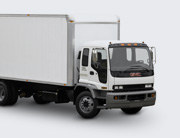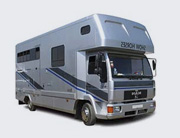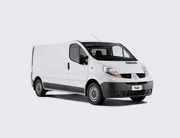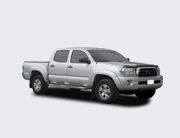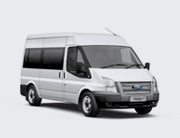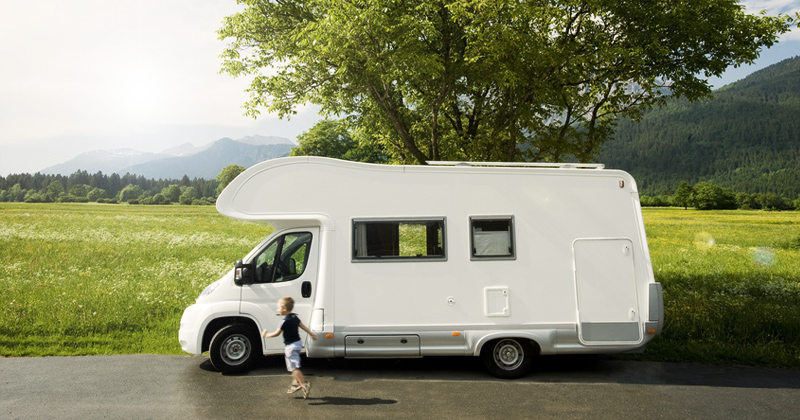Congratulations!
You’ve made the first step in knowing how to operate your motorhome legally.
Whether that’s to increase the carrying capacity due to limited weight or reduce the design weight due to licence restrictions, we can help you.
The main reasons people use our motorhome services are to either uprate or downrate the carrying capacity. Below we have listed a bit more information about what the two options entail.
We can assist with:
Prefer to talk? No problem but we will require you to have the details of all chassis VIN plates and your tyres sizes available, to accurately advise of your options.
Things to bear in mind when uprating your vehicle.
- Uprating above 3500kg changes taxation class from PLG to PHGV so can save you money **.
- Motor homes are covered as a class 4 MOT regardless of weight. Certain smaller class 4 stations may have problems fitting in your size of motorhome, so check against size, not weight.
- Under driving licence requirements for vehicles above 3500kg – 7500kg, you must either have passed your test prior to 1997 and hold a C1 category or, if you passed after 1997, you will need to have taken your C1 test separately
- Uprating of the gross weight may only solve part of your problems. You should also check individual axle loadings to ensure you do not exceed the stated axle design limits.
- Should you have roadside recovery, you may find going above 3500kg will increase your premium. This is due to the maximum towing limitation of over-run braked vehicles being 3500kg.
Is it recorded on the V5c as a motorhome? If you’ve had a home-built conversion, you will need to ensure this is first notified to the DVLA using form V1006
– Some useful information regarding motorhome status rejection here
Ombudsman ruling campers
** See our tax class information page for further details
The main one being for licence restrictions. Either you’ve reached 70 years of age and are now restricted to a maximum GVW of 3500kg, medical restriction through particular types of diabetes or you’re a new driver after 1997 and don’t hold a category C1 entitlement. The downplate for one of the above reasons is to 3500kg.
The other reason for downplating that we come across is for heavy vehicles above 7500kg. These are more often than not the American imports like a Ford Gulfstream or Chevy Winnebago, though we also have enquiries from owners with converted ex-army lorries or general commercial vehicles that are now a motorhome. The principle for the downrating is common across all weights and types of motorhomes and more often than not you will not need to make any physical changes to your vehicle. Downrates on motor-homes are dealt with by the DVLA and are not a matter for the DVSA.
After we assess your vehicle setup and check the weights we supply you with a weight variant plate and letter of declaration. The plate is unique to your vehicle and states the new operating weights. The declaration sheet we supply is used to have your logbook and, where required, tax disc changed. Since the vehicle is not registered in our name we are unable to deal with the whole process for you. Don’t worry, we will supply you with all the necessary forms to deal with the DVLA and we are only a phone call away should there be any queries on the day of change.
Are you Sure it’s a Motorhome?
It is important to understand the difference between a motorhome and a dual usage vehicle. Vehicles used to carry goods as well as being used for living may be treated as a private heavy goods vehicle and come outside of the motorhome category. If you’re carrying a race bike/car, whether for commercial gain or not, your vehicle may be treated as a goods vehicle. This is a matter for the DVLA and DVSA to decide upon.
According to the DVSA, the following regulations apply to motorhomes:
A motor caravan is “a motor vehicle (not being a living van) which is constructed or adapted for the carriage of passengers and their effects and which contains, as permanently installed equipment, the facilities which are reasonably necessary for enabling the vehicle to provide mobile living accommodation for its users”. Motor caravans are not classed as goods vehicles for MOT test purposes and are therefore in class IV or V depending on their seating capacity but regardless of their size or weight.
A living van is “a vehicle, whether mechanically propelled or not, which is used for living accommodation by one or more persons and which is also used for the carriage of goods or burden which are not needed by such one or more persons for the purpose of their residence in the vehicle”. Living vans are classed as goods vehicles and, depending on their weight, are therefore in either class IV or VII within the MOT test scheme or are subject to HGV plating and testing.
All SvTech re-ratings are approved under the relevant EC directives to comply with both Motorhome and Living Van categories. For Living Vans requiring the DVSA scheme we submit the report and all paperwork on your behalf. You should ensure you are operating under the right category since the enforcement penalties are very costly.
Motorhome Speed limits – http://www.gov.uk/speed-limits
** Motorhome speed limits in the UK are based against the Manufacturer’s unladen weight, not the design gross weight. For the majority of 2 axle motorhomes, your speeds will be the same as car speed limited. Tag axle/three axle motorhomes will always be to the lower speed on A roads but still permitted to be 70mpg on motorways.
Please refer to the DVLA Gov site for more information and be aware that other websites have been known to show wrong information.
Select a vehicle:
